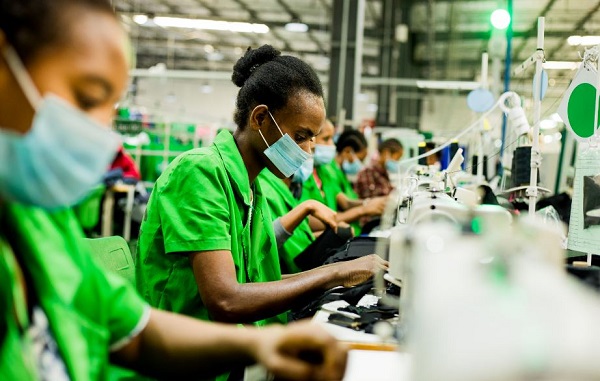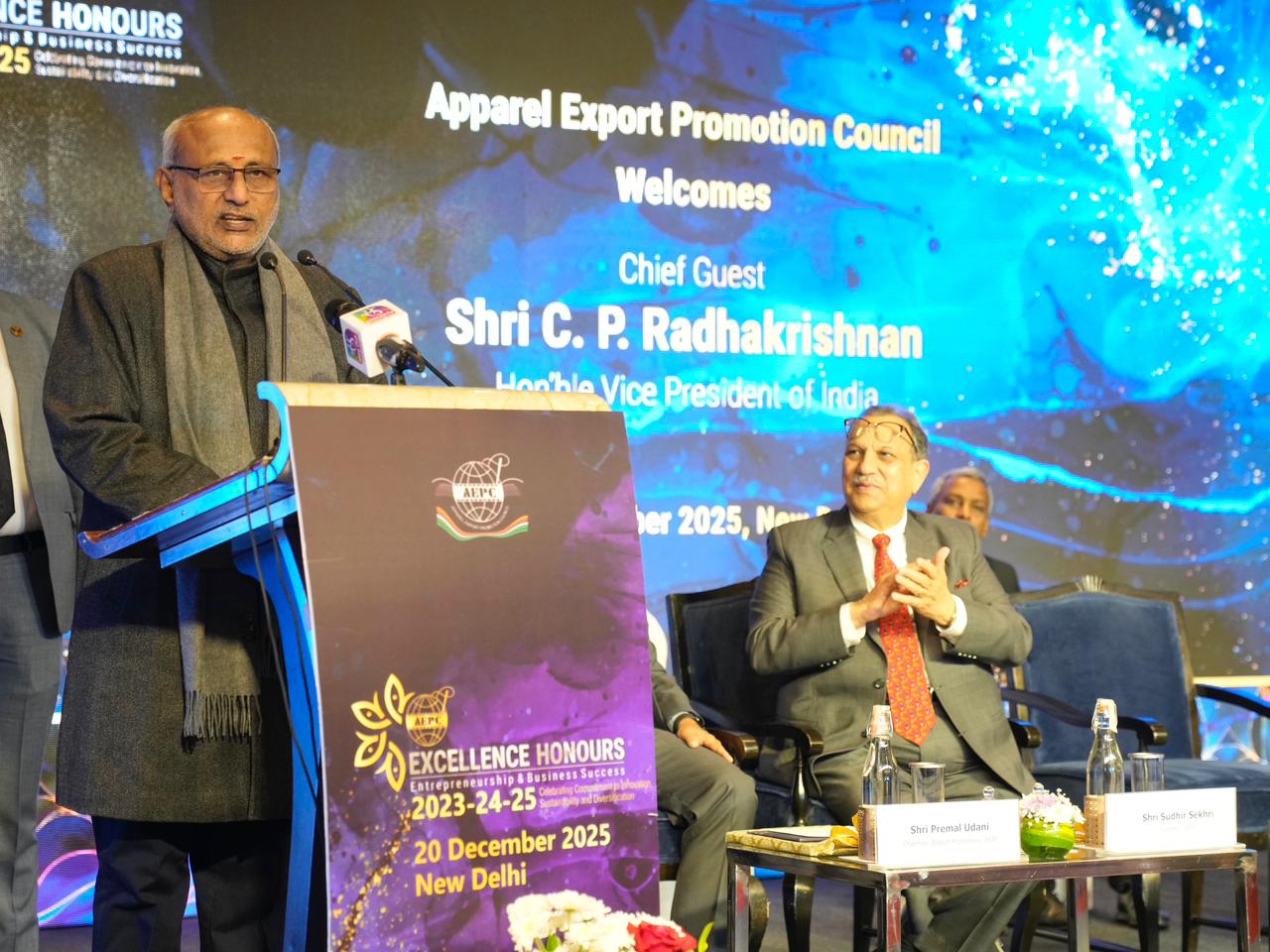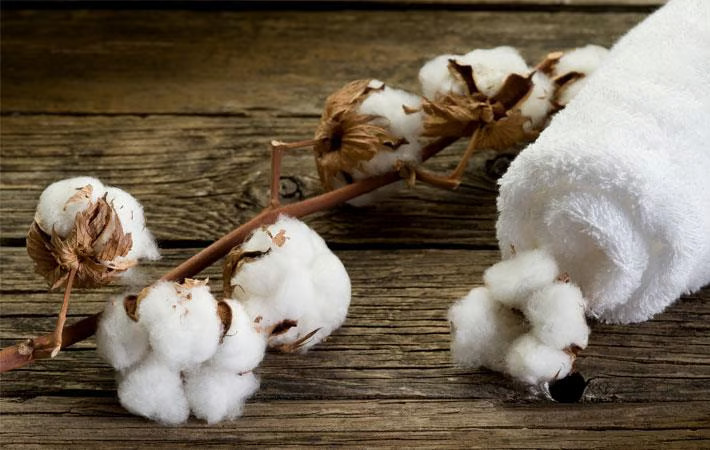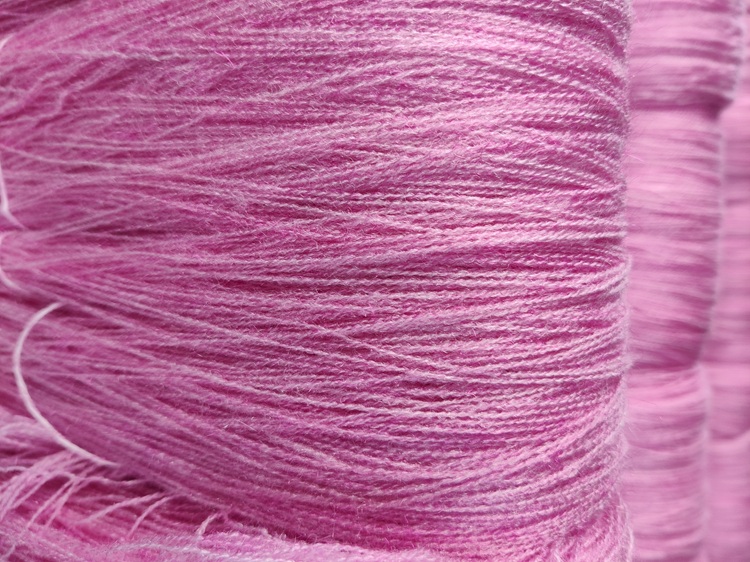 Worldwide, the value of the apparel market was worth nearly $527.1 billion in 2020, with a decline in CAGR by 0.6 per cent since 2015. Of course, it was expected as the Covid-19 pandemic had created a socio-economic upheaval that included disruption of supply chains, loss of consumer intent and an unpredictable future. However, 2022 is an indication that the sector is slowly coming back in to the game. Recovery and growth are forecasted to reach $842.7 billion by 2025 and $1,138.8 billion by 2030.
Worldwide, the value of the apparel market was worth nearly $527.1 billion in 2020, with a decline in CAGR by 0.6 per cent since 2015. Of course, it was expected as the Covid-19 pandemic had created a socio-economic upheaval that included disruption of supply chains, loss of consumer intent and an unpredictable future. However, 2022 is an indication that the sector is slowly coming back in to the game. Recovery and growth are forecasted to reach $842.7 billion by 2025 and $1,138.8 billion by 2030.
The US to be key growth driver
Forecast has it that the US will be the largest textile market for the North Americas as it continues to be the largest producer of cotton, largest exporter of raw cotton and the largest importer of raw textiles. The fashion sector in the US will contribute significantly as fast fashion with its online channel approach is also experiencing rapid growth. The emerging popularity of smart textiles will also play an important role and this particular niche segment will continue using optical fibers, metals, and various conductive polymers to interact with the environment.
Major companies are responding to increasing awareness and demand for sustainability by restructuring business models and investing in manufacturing practices that target sustainable products. For instance, DuPont’s plant-based pretend fur for performance fashion attire and Eastman’s usage of discarded carpet into new material is anticipated to open new growth avenues over the forecasted time-frame. The pandemic had acted as a restraint to the world market. International trade restrictions because of breakdown of supply chain and decline in textile product consumption amid the pandemic had a negative market impact. However, the market is anticipated to witness a powerful recovery throughout the forecasted time-frame because of government support and increasing public awareness concerning effective precautionary measures.
Cotton will remain number one
Cotton continues its pole position and accounting for nearly 40 per cent share of the world textile revenue in 2021. Cotton being the world’s most significant fiber is attributed because of its superior property like high strength, absorption, and color retention. China, India, and the US are the main producers of cotton and cotton-based merchandise within the world. Chemical-based textiles also play a vital role within the entire textile producing sector. Chemicals are definitely harmful for the environment but will continue to be used as mercerizing agents, neutralizers, leveling agents, binders, thickeners, and stain-removers within the textile trade. The reason is clear – substitutes that are as efficient are still under development. Wool-based textile accounted for 13.3 per cent of the market in terms of revenue in 2021. Wool primarily composed of H, carbon, sulfur, and gas, is extensively used to manufacture insulation merchandise like winter wears, blankets, carpeting, upholstery, and others. Alternative raw materials employed in the manufacturing of textiles are silk, minerals like glass fibers and asbestos, and other man-made material. Silk finds intensive use within the production of garments, surgical suture, parachutes, silk comforter, and numerous others having high strength and physical property is anticipated to drive the section growth over the forecast time-frame.
As the forecast shows a streak of positive growth, the manufacturing sector is bounding back with confidence.












